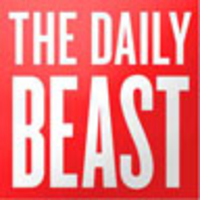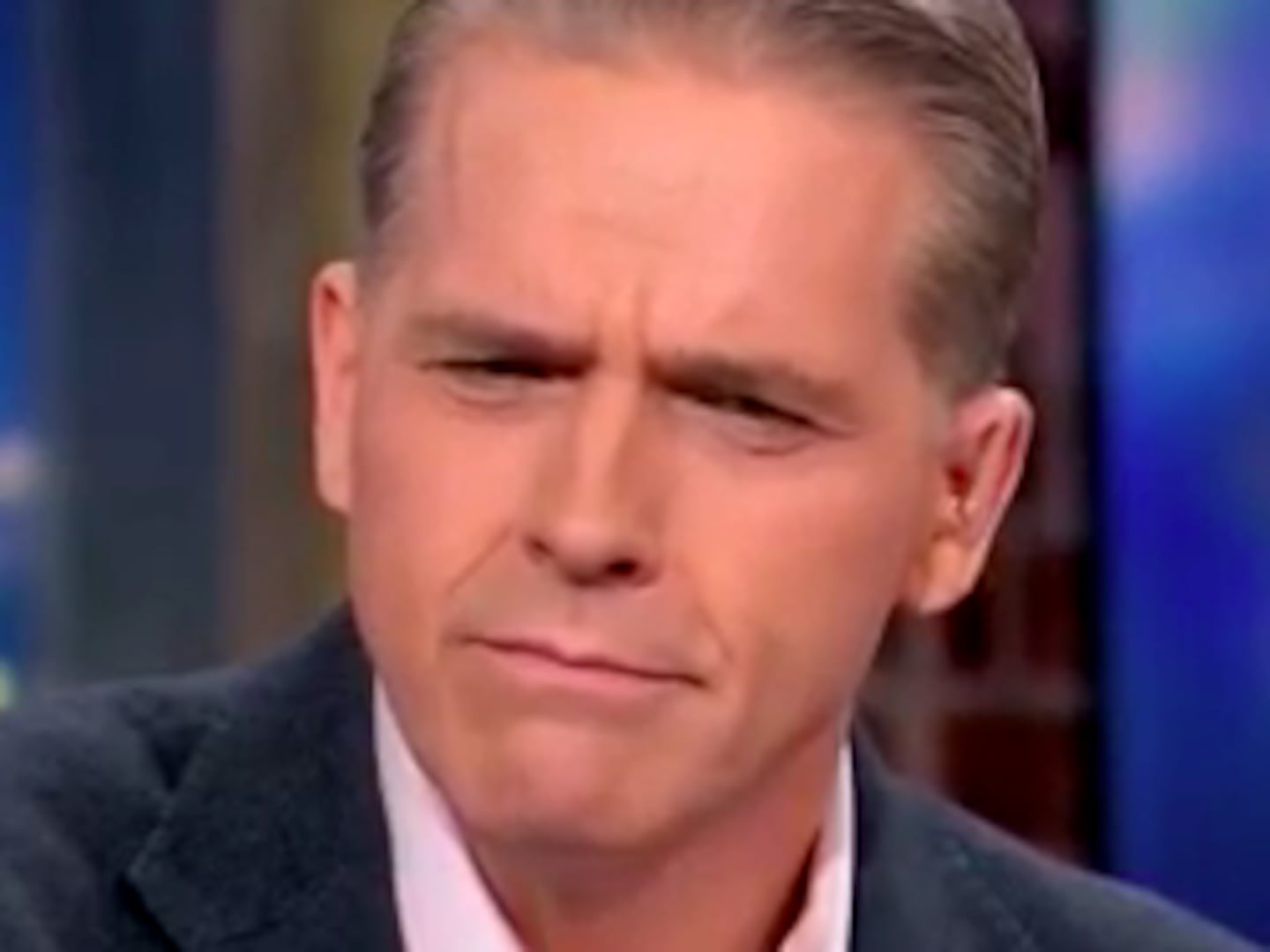As President Hu Jintao’s visit this week has only confirmed, China looms ever larger in the American imagination, inspiring a complex mixture of admiration, anxiety, fascination, and dread. And yet, despite all the headlines it generates and all the dreams (of new customers) and nightmares (of an invigorated rival) that it triggers, it remains a place about which many Americans know very little. Because of this and because of the summit between President Hu and President Obama this week, it’s worth asking what texts curious American readers can turn to to take them beyond sound bite-driven mass media portraits of a country that is the world’s most populous (though India may soon claim that title) and now ranks as the world’s second-largest economy (and perhaps soon to usurp our position at No. 1).
There are many smart magazine articles and extended blog posts on China being written these days by informed and gifted writers like Evan Osnos and Ian Johnson, and public radio has excellent people on the ground doing detailed reports on Chinese topics for programs ranging from Morning Edition and Marketplace to The World and All Things Considered, but there’s still no substitute for books at a time like this. So, here’s my list of five worth dipping into now. Each is accessibly written and by a person who knows China well. Each includes a specific claim that will surprise many Americans (though not, in most cases, members of the small band of people who specialize in study of and writing about the country). And each opens a window onto a subject that it’s important to understand in light of the Chinese-themed stories making headlines.

BOOK 1: Richard McGregor’s The Party: The Secret World of China’s Communist Rulers. Published last June, this is the newest book on my list. Its author is a former Financial Times Beijing bureau chief who has just relocated to Washington, D.C.
THE SURPRISE:
Its argument that the events of 1989-1991 (the Berlin Wall tumbling, the Soviet Union imploding) may have strengthened rather than weakened the position of the Chinese Communist Party. The fall of communist leaders in other parts of the world provided those in Beijing with a very special diagnostic opportunity—a chance to figure out (with the help of official think tanks that worked overtime on the subject) why their counterparts in other settings had lost control, so they could avoid making the same mistake. What emerged was a focus on raising living standards, efforts to co-opt entrepreneurs and members of the newly emerging middle class, and find new ways to stir up and guide popular nationalism that has proved, so far, a very effective strategy.
THE NEWSWORTHY TAKEAWAY:
One of the most informative chapters is on connections between the party and the military, a subject that made headlines while Defense Secretary Robert Gates was in Beijing last week.

BOOK 2: Warren I. Cohen’s America’s Response to China: A History of Sino-American Relations.
A venerable work whose first edition was published right before Nixon met Mao in the early 1970s and whose fifth edition appeared last year, with an update incorporating the first stages of Obama’s presidency. Its author is a leading diplomatic historian.
THE SURPRISE:
There’s been remarkable consistency in recent decades in the way that presidents, of both parties, shift from talking tough about China while running for office to working to maintain smooth relations with Beijing once elected. The fact that there is now congressional and popular pressure on the White House to take a harder line on various issues relating to China is nothing new.
THE NEWSWORTHY TAKEAWAY:
The book’s final chapter (newly written for the current edition), “America in the Age of Chinese Power,” has a very clear-eyed discussion of China’s relationship with North Korea.

BOOK 3: James Fallows’ Postcards From Tomorrow Square: Reports from China. Adapted from smart articles that first appeared in The Atlantic. The author, who has also reported from Japan and covered American politics for the same magazine, first visited China in the 1980s and then returned in 2006 for an extended stay.
THE SURPRISE:
The fact that the politics of the Internet are much more complex than just a matter of a government “Great Firewall” blocking access to particular sites—and bloggers seeking to undermine the government. The book shows how many important topics are distorted or left out of the story when it is framed in this manner, from the importance of online chatter that supports rather than challenges official policies to the way that some Internet users in China can use software to get around firewalls.
THE NEWSWORTHY TAKEAWAY:
One of the best chapters, “The $1.4 Trillion Question,” is on the often misunderstood and frequently headline-generating subject of large Chinese holdings of American Treasury bills.

BOOK 4: Susan Shirk’s China: Fragile Superpower. The author worked in President Bill Clinton’s State Department and then returned to teaching Chinese politics at the University of California, San Diego. Her book is part insider account of U.S.-China relations and part scholarly analysis of the subject.
THE SURPRISE:
While American friends reacted to the title of her book by questioning her use of the term “fragile” to describe China, it was the use of the word “superpower” to characterize their country that made her Chinese friends raise their eyebrows. Some people in China have grown more confident in their nation’s strength since the book came out in 2007, but the divided perception remains important.
THE NEWSWORTHY TAKEAWAY:
Shirk is particularly insightful on the issue of popular nationalism, which made headlines yet again last fall in disputes over Southeast Asian islands that both China and Japan claim are theirs. She stresses, rightly, that Beijing sees such sentiment as a double-edged sword because of a keen awareness of how easily those who start out criticizing other countries can shift to taking potshots at domestic leaders, something that has often happened in the past in China.

BOOK 5: Harold Isaacs’ Scratches on Our Minds: American Views of China and India. Written in the late 1950s, by a journalist who had reported from China before World War II, it is based largely on extended interviews with influential Americans in various fields. It was updated several times, most recently in 1980.
THE SURPRISE:
There is nothing new about the recent pattern of overly optimistic visions of China (as a country on the verge of converting to American ways or providing exciting new markets for American goods) giving way to and sometimes co-existing with darkly pessimistic visions of China (as a country that poses a great threat to us). Isaacs shows how positive and negative ideas about the country have ebbed and flowed for generations.
THE NEWSWORTHY TAKEAWAY:
The fact that American views of China and India are contrasted and compared gives the book a special interest in this era of debate over whether the latter will be able to replicate or perhaps even better the former’s economic rise. By delineating all the reasons that American ideas about China have been especially prone to swing between extremes, it helps explain why Obama’s meetings with Chinese leaders continue to generate so much more attention than his summits with Indian ones.
Plus: Check out Book Beast, for more news on hot titles and authors and excerpts from the latest books.
Jeffrey N. Wasserstrom is the author of China in the 21st Century: What Everyone Needs to Know, published in April by Oxford University Press. A member of the UC Irvine History Department, editor of the Journal of Asian Studies, and a co-founder of “The China Beat” blog, his commentaries and reviews have appeared in the Times Literary Supplement (London), the Los Angeles Times, Foreign Policy, the Nation, and Time magazine.






